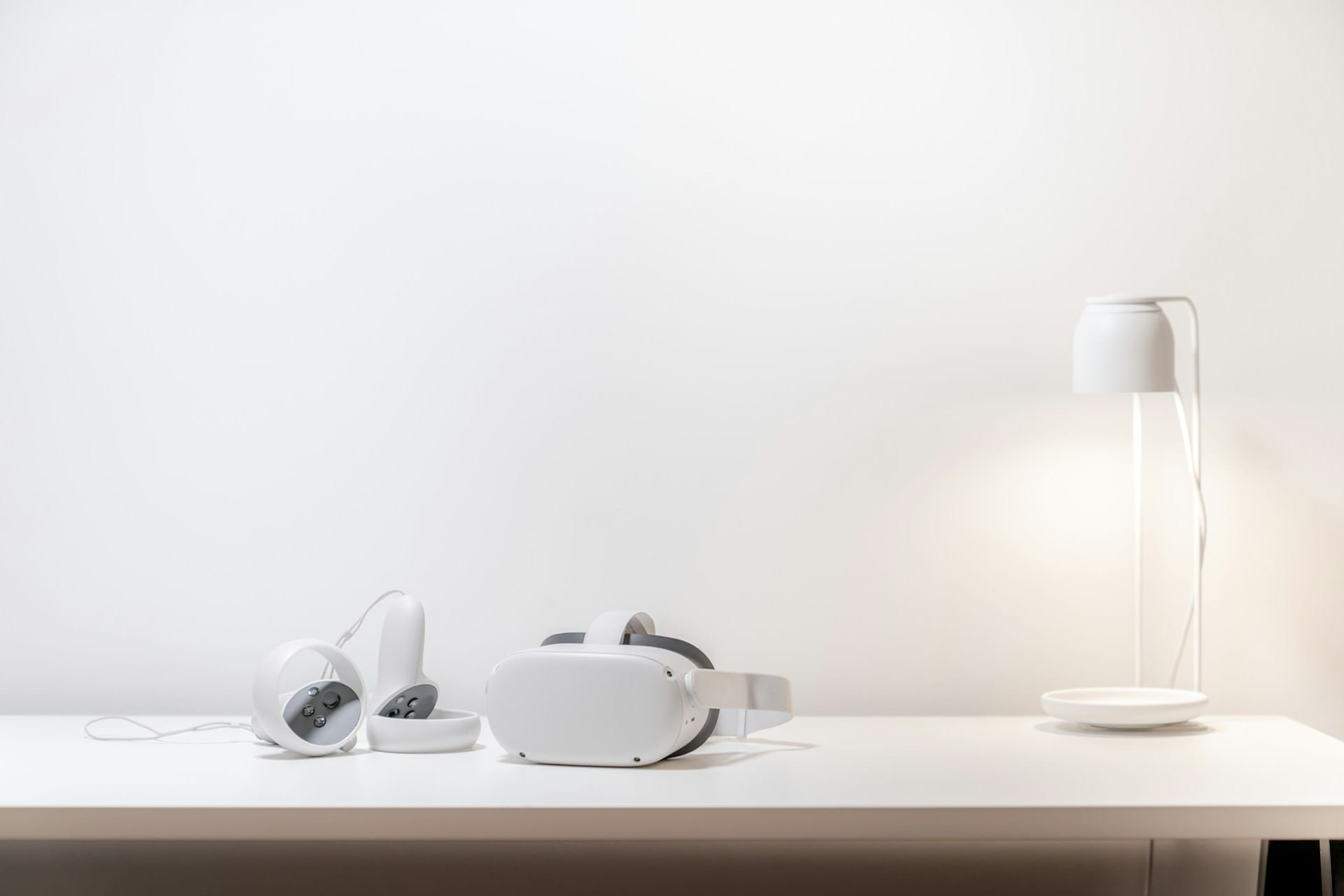Virtual Reality Tours: The Future of Home Buying

The real estate industry has seen remarkable innovation over the past decade, but few advancements have been as impactful as virtual reality (VR). What once seemed like futuristic technology is now revolutionizing how buyers explore properties. With VR, potential homeowners can tour properties from the comfort of their couch—saving time, expanding options, and making the home-buying process more efficient than ever before.
What are Virtual Reality (VR) Home Tours?
Virtual reality home tours are immersive digital experiences that allow buyers to explore a property in 3D. Using VR headsets or even a smartphone, buyers can "walk" through a home, inspect details, and get a sense of space and layout as if they were physically there. These tours are created using high-quality 360-degree cameras or advanced 3D rendering software.
Why Are VR Tours Transforming the Real Estate Industry?
- Convenience for Buyers
Virtual tours eliminate the need for multiple in-person visits, saving time for both buyers and agents. Prospective buyers can shortlist properties before committing to a physical visit, streamlining the decision-making process. - Global Reach
VR enables buyers from anywhere in the world to view properties remotely. This is particularly beneficial for international buyers or those relocating across the country. - Enhanced Property Marketing
Listings with VR tours stand out from the competition. They attract more views and engagement, giving sellers and agents a significant edge in a crowded market. - Better Visualization
Traditional photos and videos don’t always capture a property’s true essence. VR allows buyers to experience spatial dimensions and flow, providing a much clearer picture of how a home feels. - Safety and Accessibility
In a post-pandemic world, VR tours offer a safer alternative to in-person showings. They also make properties accessible to buyers with physical limitations or those in different time zones.
How to Implement VR Tours in Real Estate
1. Invest in the Right Equipment
High-quality VR tours start with the right tools. Use 360-degree cameras like the Matterport Pro3 or Insta360 to capture detailed and accurate visuals.
2. Choose a Reliable VR Platform
Platforms like Matterport, Zillow 3D Home, and EyeSpy360 provide user-friendly solutions for creating and hosting VR tours. They often include additional features like floor plans and virtual staging.
3. Combine VR with Virtual Staging
Virtual staging allows you to furnish and decorate empty spaces digitally, helping buyers visualize the potential of a property. Pair this with VR for a fully immersive experience.
4. Promote VR Tours in Listings
Highlight the availability of VR tours in your marketing materials, including online listings, social media, and email campaigns. Emphasize the convenience and unique selling points.
5. Offer Guided VR Experiences
For clients who prefer a personal touch, agents can provide guided VR tours using screen-sharing technology or remote VR tools to walk them through the property in real-time.
Benefits of VR Tours for Buyers and Sellers
For Buyers:
- Time-Saving: View multiple properties in a single session.
- Flexibility: Tour homes at any time, from any location.
- Confidence: Make better-informed decisions by exploring properties in detail.
For Sellers:
- Increased Exposure: Attract more interest with cutting-edge technology.
- Faster Sales: Pre-qualified buyers are more likely to close the deal quickly.
- Cost-Effective Marketing: Reduce the need for frequent open houses or repeated showings.
Real-World Success Stories
- Luxury Real Estate Market: High-end properties have seen tremendous success with VR tours, as buyers often prefer to pre-screen homes before traveling long distances for an in-person visit.
- Rental Properties: Property managers use VR tours to showcase rental units, minimizing turnover time and maximizing occupancy rates.
- New Developments: Developers employ VR to showcase properties before they’re built, helping buyers visualize the final product and securing pre-sales.
Challenges and Solutions
- Cost: While VR equipment and platforms can be expensive, the investment often pays off in faster sales and higher client satisfaction. Start small with cost-effective solutions if needed.
- Learning Curve: Agents and teams may need training to effectively use VR tools. Many platforms offer user-friendly tutorials and support.
- Technology Access: Some clients may not have VR headsets. Ensure tours are accessible via smartphones or desktops for broader usability.
The Future of Virtual Reality in Real Estate
As VR technology becomes more accessible and affordable, its role in real estate will only grow. Innovations like augmented reality (AR) overlays, interactive design tools, and AI-powered personalization will make virtual tours even more engaging and effective.
For agents, embracing VR technology is no longer optional—it’s a necessity for staying competitive in the modern market. By offering immersive experiences, you can build trust, enhance your brand, and deliver unparalleled value to clients.
Virtual reality is redefining the home-buying experience. By making property exploration more efficient, accessible, and engaging, VR tours are paving the way for a new era in real estate. Whether you’re a buyer, seller, or agent, incorporating VR technology is a step toward smarter, faster, and more satisfying transactions.
The future is virtual—are you ready to step inside?